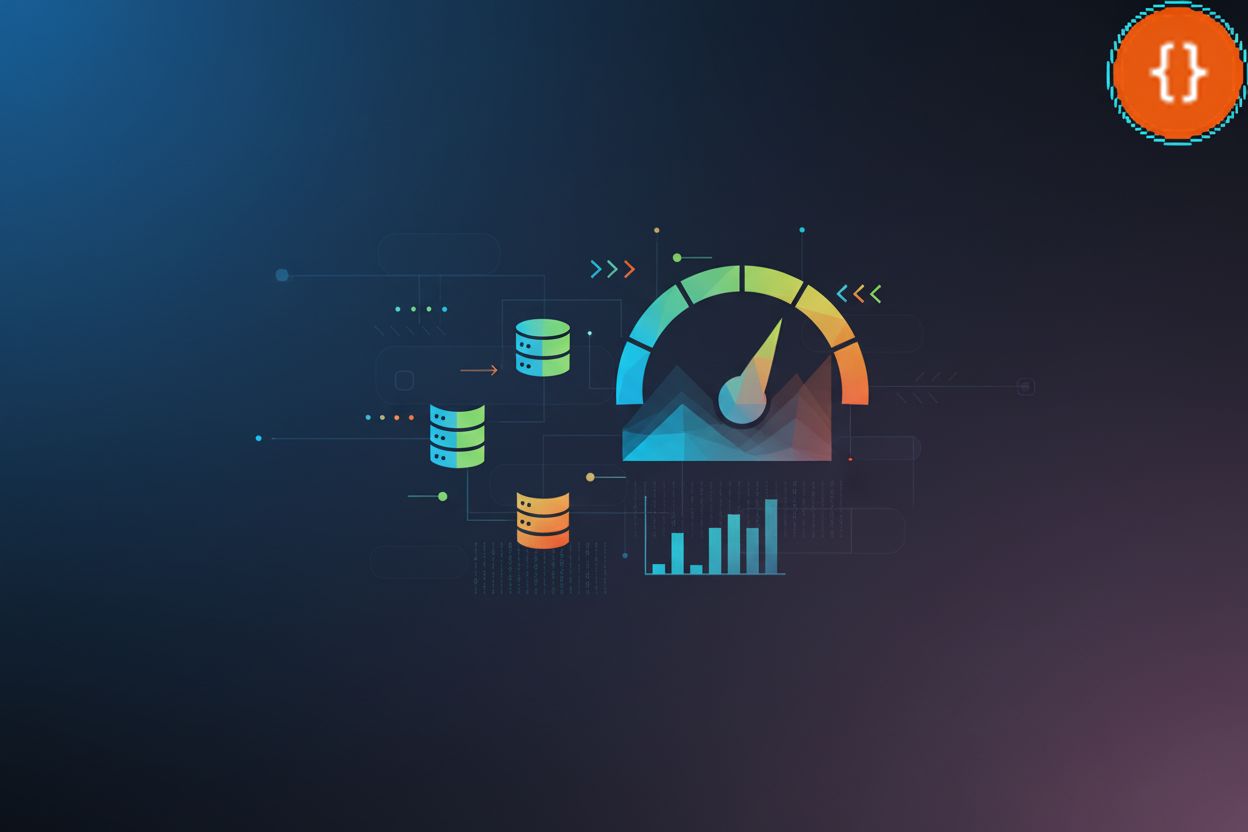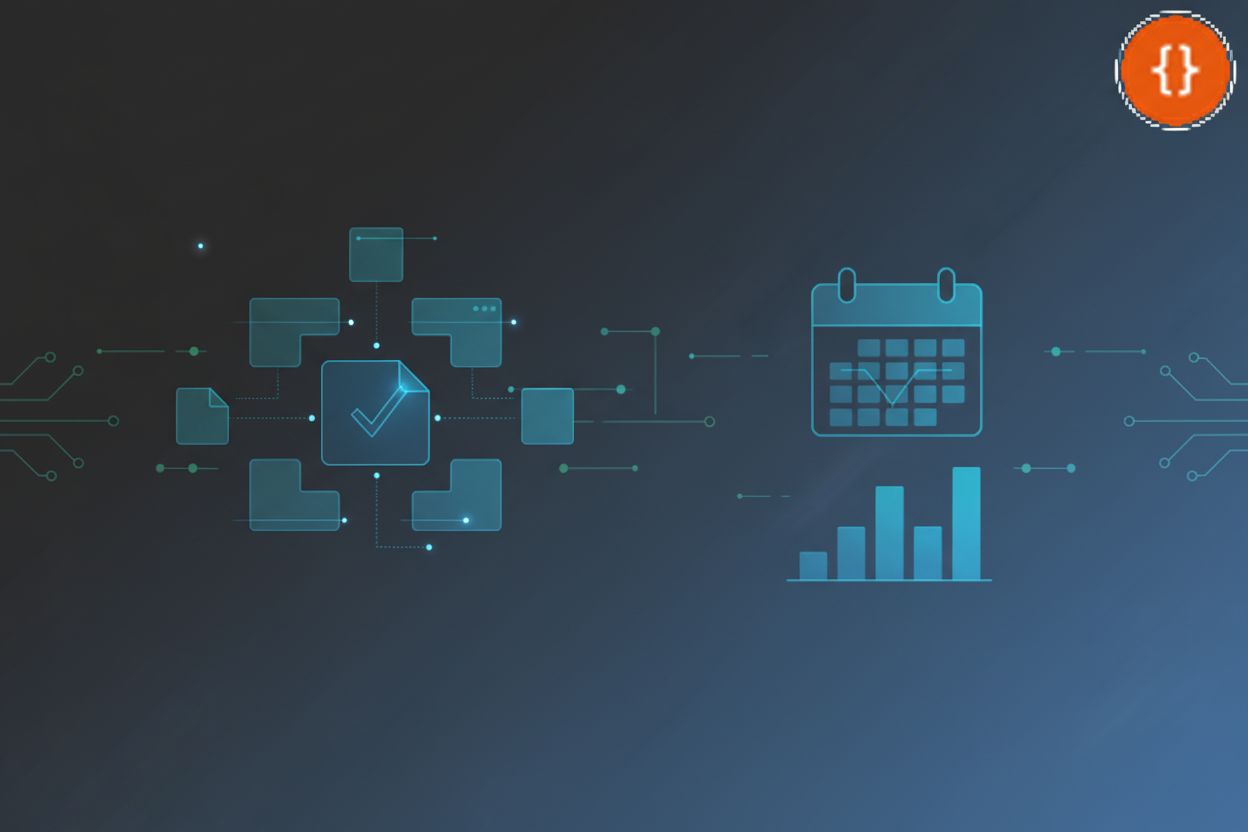The Benefits, Examples, Tools, and Best Practices of Cloud Testing
TL;DR
Introduction to Cloud Testing and APIs
Cloud testing, huh? It ain't just a buzzword; it's kinda become the way to keep up in today's fast-paced dev world. Why? Well, APIs are everywhere, and testing them efficiently is now super important.
So, what exactly is cloud testing? At its core, it's about using remote servers and infrastructure hosted on the internet to perform software testing. Instead of relying on your own local machines or dedicated on-premise hardware, you leverage the vast resources of cloud providers. This means you can spin up and down testing environments on demand, access a wide variety of devices and operating systems, and scale your testing efforts up or down as needed, all without the hassle of managing physical infrastructure. It's essentially outsourcing your testing environment to the cloud.
Here's the deal:
It's all about efficiency: Cloud testing gives you on-demand resources, so you don't have to wait for hardware. (Benefits of Cloud-Based Testing: It's About More than Speed) Think about a retail company prepping for Black Friday; they can spin up extra testing power when they need it but not pay for it year-round.
Scaling is easier: Got a sudden surge in api traffic? Cloud testing lets you scale your tests to match. (What Is Cloud Testing? All You Need to Know - BugBug)
Cost savings: Traditional testing environments can be expensive. Cloud testing? Pay-as-you-go is the norm, which can seriously cut costs.
So, we've established why cloud testing rocks for APIs. Now, let's get into the nitty-gritty of what it actually entails.
The Benefits of Cloud Testing for APIs
APIs are the backbone of, well, everything these days. (How APIs Became the Backbone of Modern Software ...) But what if testing them didn't require a massive upfront investment? That's where cloud testing swoops in to save the day!
Think about it: traditional testing setups are like buying a suit you hope will fit forever. Cloud testing, though? It's more like renting a tux for the prom – perfect fit, exactly when you need it.
Testing API performance under varying loads becomes a breeze. Need to simulate a million users hitting your api at once? No problem. Cloud environments let you crank up the load without melting your servers. Imagine a healthcare provider testing their appointment scheduling api before flu season hits; they gotta know it can handle the surge.
Automatically scaling testing resources is another game-changer. No more manual intervention, just set the parameters, and the cloud handles the rest. If an e-commerce platform anticipates a flash sale, they can automatically provision more testing resources to ensure their api remains stable.
Ensuring API stability during peak usage is arguably the most critical benefit. The last thing you want is your api crashing when everyone's trying to use it. Cloud testing allows you to simulate these conditions and iron out the kinks beforehand.
Let's be real, budget matters. Cloud testing can seriously lighten the load on your wallet.
Pay-as-you-go model: You only pay for what you use. No more, no less. It's like ditching your gym membership for a pay-per-class setup.
Reducing infrastructure costs: No need to buy and maintain expensive hardware. That alone can save a ton of money.
Optimizing resource utilization: Cloud platforms automatically allocate resources where they're needed most, so you're not wasting money on idle servers.
Time is money, as they say. And cloud testing can speed things up considerably.
Automated testing pipelines: Set it and forget it. Automated pipelines mean faster feedback and quicker releases.
Parallel execution of tests: Run multiple tests simultaneously, cutting down on overall testing time.
Rapid feedback loops: Identify and fix bugs faster, leading to quicker development cycles.
So, with cloud testing, you're not just saving money; you're also getting your products to market faster and more reliably. Now that we've seen some practical examples, let's explore the essential tools that enable effective cloud API testing.
Examples of Cloud Testing for APIs
Ever wondered if your api can handle the Black Friday rush without, y'know, completely dying? Cloud testing is how you find out! Let's dive into some real-world examples of how this actually works.
First up, performance testing. Imagine you're running a banking app and you need to know how the api handles a ton of simultaneous transactions.
Heavy Load Simulation: Cloud testing lets you simulate thousands, even millions, of users hitting your api at the same time. You can use tools like jmeter or gatling to generate this load from various cloud regions, mimicking real-world traffic patterns. It's like stress-testing a bridge, but for your api.
Performance Metrics: You're not just throwing traffic at it, though. You're monitoring key metrics like response time, error rates, and cpu utilization. Cloud platforms offer dashboards and tools to visualize this data in real-time, so you can pinpoint bottlenecks.
Security's gotta be top of mind, right? Cloud testing helps you find those pesky vulnerabilities before the bad guys do.
Vulnerability Scanning: Think of tools like owasp zap or nmap running in the cloud. They can automatically scan your api for common vulnerabilities, like sql injection or cross-site scripting. It's like having a digital security guard constantly probing for weaknesses.
Remediation: The cool thing is, many cloud platforms integrate these security tools directly into your development pipeline. So, when a vulnerability is found, you get immediate feedback and can start fixing it right away.
Functional testing is all about making sure your api actually does what it's supposed to do. Does that "add to cart" button actually add stuff to the cart?
Automated Tests: Tools like selenium or rest-assured can automate these tests. You write scripts that interact with your api and verify the results. Think of it as a robot repeatedly clicking buttons and checking if everything works.
CI/CD Integration: Even better, you can integrate these tests into your ci/cd pipeline. So, every time you make a change to your code, the tests run automatically, catching bugs early.
Now that we've seen some practical examples, let's explore the essential tools that enable effective cloud API testing.
Essential Tools for Cloud API Testing
Okay, so you're ready to pick your weapons... I mean, tools, for cloud api testing? There's a bunch of options, but let's drill down on a few essential categories.
First up, let's talk about APIFiddler. It kinda aims to be a one-stop shop.
- It boasts free api endpoint testing, which is always a plus. No one wants to shell out cash before even knowing if a tool fits the bill, right?
- They also offer free performance and load testing. Simulating real-world traffic is critical, so that's a big win.
- And get this – free api security analysis. Security is obviously non-negotiable these days.
- oh- and free documentation generation, ai-powered api insights... sounds good to me!
APIFiddler works by letting you directly interact with your APIs. You can send requests, inspect responses, and even set up automated tests to check functionality and performance. For example, you could use it to send a POST request to an endpoint that creates a new user, then verify that the user was successfully created by making a subsequent GET request and checking the returned data. It's a hands-on way to ensure your APIs behave as expected.
You can check it out yourself at APIFiddler to see if it's up to your speed.
Then there's the whole world of cloud-based api testing platforms. Think AWS Device Farm, BrowserStack, Sauce Labs etc. These guys give you a full-on ecosystem.
- The big benefit? Massive scalability. Need to test from 50 different locations simultaneously? They got you covered. For instance, you could use BrowserStack to run your API tests against a variety of real browsers and operating systems hosted in their cloud, ensuring compatibility across different user environments.
- Plus, these platforms often have built-in reporting and analytics. Makes it easier to spot trends and bottlenecks.
- But, choosing the right platform is key. Cost is a factor, obviously. Also, think about how well it integrates with your existing devops pipeline. You don't wanna create more work for yourself.
Don't forget about the open-source options! jmeter, gatling, selenium – these are the workhorses of the testing world.
- The upside? They're free!
- The downside? You're responsible for setting everything up and maintaining it. This can be time-consuming, especially if you're not a command-line guru.
- But, the flexibility is unmatched. You can customize them to do pretty much anything you want.
Choosing the right tools really depends on your specific needs and your team's skillset. Next, lets look at best practices.
Best Practices for Cloud API Testing
Okay, so you're doing cloud api testing, that's great, but are you really doing it right? It's not just about having fancy tools; it's about baking in some solid best practices.
First off, automate everything. Seriously. Ain't nobody got time for repetitive manual tests.
- Automating repetitive tests frees up your testers to focus on more complex scenarios, like edge cases or security vulnerabilities. Imagine, instead of manually testing the same login flow a hundred times, you have a script that does it for you.
- Integrating tests into a ci/cd pipeline ensures that every code change is automatically tested. Think of it like this: every time a developer commits code, a series of automated tests kick off, providing immediate feedback. If something breaks, you know right away.
- Use test automation frameworks like pytest, rest-assured, or even apifiddler (as mentioned earlier) to streamline the process. These frameworks provide structure, reusable components, and reporting capabilities.
Speaking of pipelines, let's talk ci/cd. It's kinda like the backbone of modern software development.
- Integrating testing into the ci/cd pipeline means that tests are automatically run as part of the build and deployment process. This ensures that every release is thoroughly tested, reducing the risk of bugs slipping into production.
- Automating the deployment process is key. Once the tests pass, the code should be automatically deployed to the appropriate environment. This eliminates manual steps and reduces the chance of human error.
- Ensuring rapid feedback loops is crucial. The faster you can get feedback on your code changes, the quicker you can fix issues and iterate. This requires tight integration between your testing, build, and deployment systems.
You've tested everything, deployed it, and it's all working... or is it? Monitoring and logging are your eyes and ears in production.
- Monitoring api performance in real-time allows you to identify issues before they impact users. Tools like datadog or new relic can provide insights into response times, error rates, and resource utilization.
- Logging api requests and responses provides a detailed audit trail of everything that's happening. This can be invaluable for troubleshooting issues and understanding user behavior.
- Analyzing logs to identify issues involves using tools like splunk or elk stack to search, filter, and visualize log data. For example, you might use Splunk to search for all requests that returned a 500 error code within a specific timeframe, or filter logs by a particular user ID to trace a problematic transaction. This can help you pinpoint the root cause of problems and identify trends over time.
Okay, so we've covered automation, ci/cd, and monitoring. Next up, let's dive into security considerations, because ain't nobody wants a data breach!
Conclusion
So, you've made it this far-- congrats! Feels like we've only just scratched the surface of what cloud api testing can do, right?
- ai and ml are poised to explode in this space. Imagine ai automatically generating test cases based on api specs, or even predicting potential failure points before they happen. Wild, huh?
- Continuous testing isn't just a buzzword; it's the future. We are talking about catching bugs before they even hit production. Think about it: a financial institution automatically testing their trading apis after every single code commit, ensuring every tiny change is validated instantly.
- Cloud-native api gateways are becoming more prevalent. They offer built-in testing capabilities, like request validation and traffic simulation, making it easier to test APIs right at the edge.
It's time to dive in. Start testing your apis in the cloud today!







